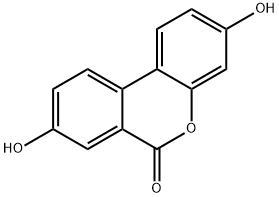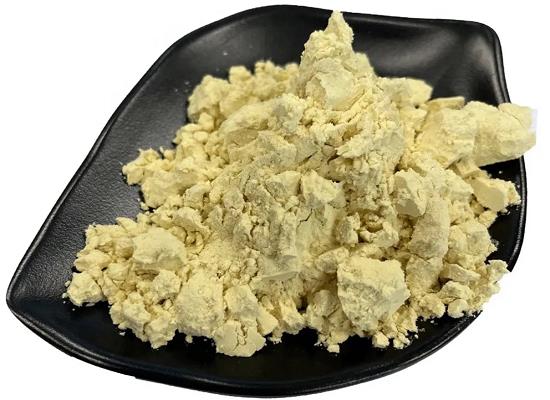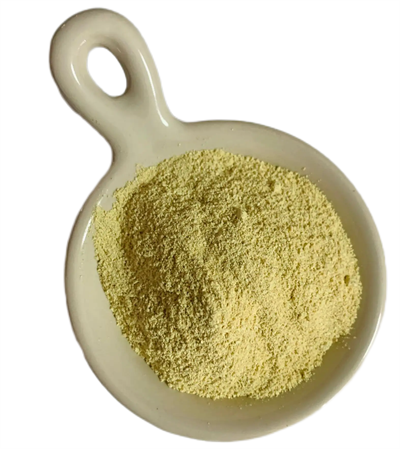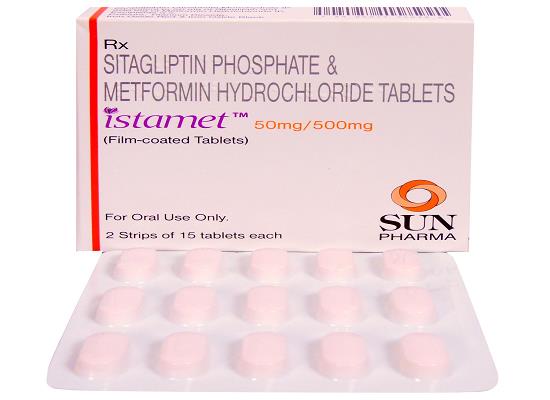Urolithin A: A Natural Gut Microbiome-Derived Metabolite
Introduction
Urolithin A is a metabolite produced by the gut microbiota through the transformation of ellagic acid, a compound found in certain foods like pomegranates and berries. It has gained attention for its potential health benefits, including anti-inflammatory and antioxidant properties. Urolithin A is being studied for its role in promoting mitochondrial health and cellular longevity. Research suggests that it may have implications for age-related diseases and muscle health. While the understanding of urolithin A's effects is still evolving, it represents an interesting area of investigation in the field of nutrition and health. It is a natural compound produced by gut bacteria from ingested ellagitannins (ETs) and ellagic acid (EA), complex polyphenols abundant in foods such as pomegranate, berries, and nuts. Urolithin A was discovered 40 years ago, but only recently has its impact on aging and disease been explored. Urolithin A enhances cellular health by increasing mitophagy and mitochondrial function and reducing detrimental inflammation. Several preclinical studies show how Urolithin A protects against aging and age-related conditions affecting muscle, brain, joints, and other organs. In humans, benefits of Urolithin A supplementation in the muscle are supported by recent clinical trials in elderly people.
Application
1. Impact of the Natural Compound Urolithin A on Health, Disease, and Aging: Urolithin A belongs to the family of urolithins, characterized by a chemical structure containing an α-benzo-coumarin scaffold (Figure 1). Urolithins are produced in the colon following the microbiome-mediated transformation of the natural polyphenols ETs and EA, which are contained in dietary products, such as pomegranates, strawberries, raspberries, and walnuts. Several dietary products contain the natural polyphenols ellagitannins (ETs) and ellagic acid (EA). Upon ingestion of such foods, ETs and EA are metabolized into Urolithin A by the microflora in the large intestine. This conversion occurs only in the presence of the appropriate microbiome and declines with aging. Direct supplementation with UA bypasses the need of a microbiome-mediated conversion of Urolithin A precursors. Once absorbed, Urolithin A positively impacts mitochondrial and cellular health in age-related conditions and diseases2. Urolithin A has a beneficial role in many tissues and is tightly linked to our ‘hidden’ organ system, the gut microbiome. Gut microbiome composition regulates the ability to produce Urolithin A from its precursors. A recent report also showed an impact of direct Urolithin A supplementation on gut microflora in obese rats. Future research should shed light on the bacterial species responsible for the Urolithin A conversion and investigate the crosstalk between Urolithin A and gut microflora. This could help to better understand the role of the microbiome–mitochondria axis and its health benefits.

Figure 1 Urolithin A is a Gut Microbiome-Derived Compound with Health Benefits for Aging and Diseases
2. Osteoarthritis (OA) is the most common age-related joint disorder with no effective therapy. According to the World Health Organization, OA affects over 500 million people and is characterized by degradation of cartilage and other joint tissues, severe pain, and impaired mobility. Mitochondrial dysfunction contributes to OA pathology. However, interventions to rescue mitochondrial defects in human OA are not available. Urolithin A (Mitopure) is a natural postbiotic compound that promotes mitophagy and mitochondrial function and beneficially impacts muscle health in preclinical models of aging and in elderly and middle-aged humans. Here, we showed that Urolithin A improved mitophagy and mitochondrial respiration in primary chondrocytes from joints of both healthy donors and OA patients. Furthermore, Urolithin A reduced disease progression in a mouse model of OA, decreasing cartilage degeneration, synovial inflammation, and pain. These improvements were associated with increased mitophagy and mitochondrial content, in joints of OA mice. These findings indicate that Urolithin A promotes joint mitochondrial health, alleviates OA pathology, and supports Urolithin A's potential to improve mobility with beneficial effects on structural damage in joints1.
3. Urolithin A suppresses high glucose-induced neuronal amyloidogenesis by modulating TGM2-dependent ER-mitochondria contacts and calcium homeostasis3. Hyperglycemia in diabetes mellitus patients is a key pathogenic factor that contributes to amyloidogenesis induced neuropathological changes, such as impaired neuronal integrity, neurodegeneration, and cognitive impairment. In addition, previous studies showed that a high glucose environment increases amyloid precursor protein (APP) accumulation and amyloid beta (Aβ) plaque formation in neuronal cells. The schematic model for action mechanism of urolithin A on high glucose-induced neuronal amyloidogenesis by modulating TGM2-dependent ER-mitochondria contacts and calcium influx. High glucose induces neuronal degeneration and amyloidogenesis via mitochondrial calcium influx and mtROS accumulation. High glucose disrupts AhR–AIP complex and MAM formation. Urolithin A inhibits AhR nuclear translocation under high glucose exposure. Urolithin A reduces high glucose-induced AhR-mediated transcription of TGM2, which is critical for IP3R1–VDAC1 interactions. Conclusively, urolithin A-mediated suppression of TGM2 expression prevents the neuronal degeneration and Aβ production under high glucose conditions.
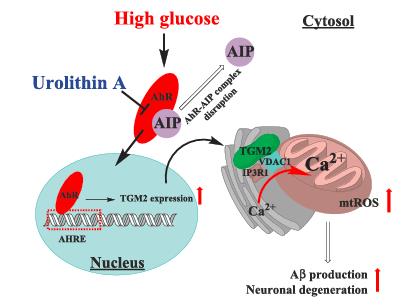
Figure 2 Urolithin A suppresses high glucose-induced neuronal amyloidogenesis
Synthesis
Urolithin A, belonging to the urolithin family, is distinguished by its intricate chemical structure characterized by an α-benzo-coumarin scaffold. This structural motif plays a pivotal role in defining the compound's unique properties and functional groups. The α-benzo-coumarin scaffold encompasses a benzene ring fused to a coumarin moiety, imparting distinct physicochemical characteristics to Urolithin A. The arrangement of atoms within this scaffold contributes to the compound's reactivity, stability, and potential biological activities. Understanding the nuances of Urolithin A's chemical structure is crucial for unraveling its functional roles in biological systems and exploring its diverse applications in health and disease. The synthesis of urolithin A involves the microbial transformation of ellagic acid by gut microbiota. Ellagic acid, which is found in certain fruits like pomegranates and berries, undergoes enzymatic conversion in the digestive system to produce urolithin A. This natural process is influenced by the composition of an individual's gut microbiota. The synthesis of urolithin A in a laboratory setting can also involve chemical or enzymatic methods. However, specific details about synthetic approaches may vary, and the latest research beyond my last update could provide more insights into the synthesis of urolithin A. Researchers are exploring various methods to produce urolithin A for potential therapeutic applications, but it's essential to refer to recent scientific literature for the most up-to-date information on the synthesis of urolithin A.
Safety
The biological effects of urolithins remain poorly characterized, despite wide-spread human exposure via the dietary consumption of their metabolic precursors, the ellagitannins, which are found in the pomegranate fruit, as well as in nuts and berries. It identified urolithin A as a first-in-class natural compound that induces mitophagy both in vitro and in vivo following oral consumption. In C. elegans, urolithin A prevented the accumulation of dysfunctional mitochondria with age and extended lifespan. Likewise, urolithin A prolonged normal activity during aging in C. elegans, including mobility and pharyngeal pumping, while maintaining mitochondrial respiratory capacity. These effects translated to rodents, where urolithin A improved exercise capacity in two different mouse models of age-related decline of muscle function, as well as in young rats<4>. While research suggests potential health benefits, particularly in promoting mitochondrial function and cellular longevity, there is limited data on its long-term safety in humans. Most studies have been conducted in animals or in vitro, and individual responses may vary. Urolithin A is naturally found in foods like pomegranates and berries, where it is generally considered safe. However, caution is advised, especially when considering urolithin A supplements, as their safety profile and potential interactions with medications or medical conditions are not fully understood. Individuals contemplating the use of urolithin A supplements should consult healthcare professionals for personalized advice based on the latest research findings and their individual health circumstances.
Reference
1. D'Amico D, Olmer M, Fouassier AM, Valdés P, Andreux PA, Rinsch C, Lotz M. Urolithin A improves mitochondrial health, reduces cartilage degeneration, and alleviates pain in osteoarthritis. Aging Cell. 2022 Aug;21(8):e13662.
2. D'Amico D, Andreux PA, Valdés P, Singh A, Rinsch C, Auwerx J. Impact of the Natural Compound Urolithin A on Health, Disease, and Aging. Trends Mol Med. 2021 Jul;27(7):687-699.
3. Lee HJ, Jung YH, Choi GE, Kim JS, Chae CW, Lim JR, Kim SY, Yoon JH, Cho JH, Lee SJ, Han HJ. Urolithin A suppresses high glucose-induced neuronal amyloidogenesis by modulating TGM2-dependent ER-mitochondria contacts and calcium homeostasis. Cell Death Differ. 2021 Jan;28(1):184-202.
4. Ryu D, Mouchiroud L, Andreux PA, Katsyuba E, Moullan N, Nicolet-Dit-Félix AA, Williams EG, Jha P, Lo Sasso G, Huzard D, Aebischer P, Sandi C, Rinsch C, Auwerx J. Urolithin A induces mitophagy and prolongs lifespan in C. elegans and increases muscle function in rodents. Nat Med. 2016 Aug;22(8):879-88.
You may like
Related articles And Qustion
Lastest Price from Urolithin A manufacturers
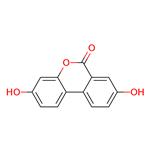
US $1290.00/g2025-11-24
- CAS:
- 1143-70-0
- Min. Order:
- 1g
- Purity:
- 99 %
- Supply Ability:
- 500 Kg

US $299.00/BAG2025-08-13
- CAS:
- 1143-70-0
- Min. Order:
- 1BAG
- Purity:
- 0.99
- Supply Ability:
- 1000KGS
